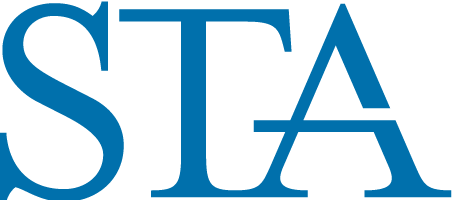Yesterday, the STA participated in Congressman Garrett’s Market Structure Roundtable. Below are our opening remarks.
Testimony of
Jim Toes
President and CEO
Security Traders Association
Roundtable on U.S. Market Structure
Panel III: “Market Making and Trading in the 21st Century”
July 28, 2014
Chairman Garrett, Ranking Member Maloney and Members of the Committee, the Security Traders Association (STA) welcomes the opportunity to present comments before the Roundtable on U.S. Market Structure Panel titled; “Market Making and Trading in the 21st Century”
The STA is an organization of individuals who are involved in the trading of financial securities. At the heart of our Association’s mission is the dialogue that we have established within our industry, as well as outside of it with policy makers, legislators, and regulators. We are pleased to have the opportunity to do so today.
Like other functions in today’s market place the role of intermediation has evolved, in particular in the aftermath of Regulation NMS. Market makers and block trading desks play a role in acting as intermediaries. The STA shares the goal of achieving the objective under the Securities Acts Amendments of 1975, mentioned in the description of this panel, that public orders be executed against each other without being intermediated.
Today, our testimony will focus on enhanced liquidity. Who provides it, where it is needed and what changes to market structure should be considered to improve its existence.
Enhanced Liquidity
Enhanced liquidity is liquidity that exceeds what is publically available in the market place. Enhanced liquidity could be the result of capital commitment, secondary offerings or institutional block trades.
It remains STA’s view that share holders in small to mid size securities which lack a robust secondary market benefit from the presence of market makers and block traders who can, among other things, provide enhanced liquidity to increase the depth of the market for the benefit of the market place. The commitment of amounts of capital to facilitate trading in such companies that might not be noteworthy for actively traded stocks can have a significant positive impact on the quality of trade executions in illiquid ones.
While the factors in enhanced liquidity provision are numerous, there are certain core ones which could be improved through regulatory actions, such as the recently announced pilot program to study decimalization with no minimum price variation on small to mid size companies. STA is interested to see if empirical data gathered from this pilot program shows improvements or degradations to those core factors which nurture enhanced liquidity such as:
- Quote quality. Improvements to displayed liquidity need to focus on size and ensuring that what is publically displayed is accessible in a fair and reasonable way.
- Volatility. Providers of enhanced liquidity are more inclined to commit capital and more able to conduct block trading if the prices of the security the provider transacts in remains stable.
- Reduction in costs. The withdrawal of market makers and block traders is partially related to the increased costs of trading illiquid securities.
Conclusion:
As we have written in the past, small incremental changes that can be observed with empirical data provide the best chance for success for all market participants. Dialogue fostered by events such as today’s can make positive changes. Finally, on the topics of market making and block trading, we are not advocating a return to past. We believe in the benefits of enhanced liquidity and regulators need to find a modern way to incentivize its existence.
Thank you,
Read More:
“House CM Subcommittee Equity Market Structure Roundtable – July 28, 2014
